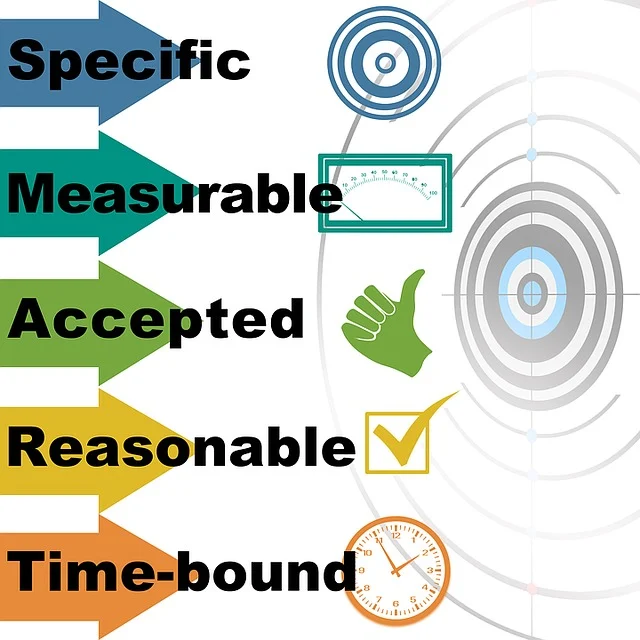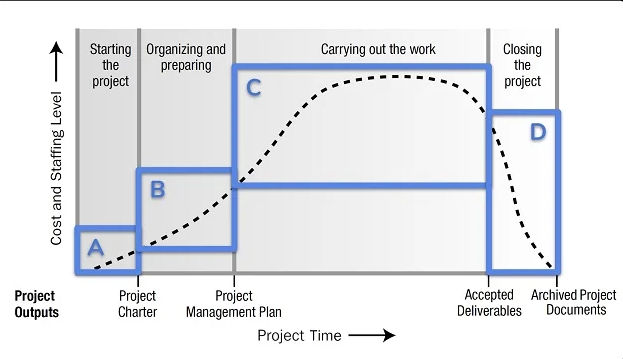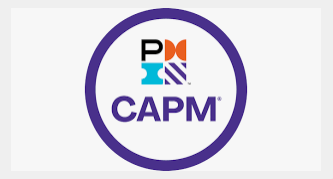Construction projects are complex and require a high level of organization and planning to ensure they are completed on time and within budget.
Building project management is the process of overseeing the planning, design, and construction of a building project from start to finish. It involves coordinating and managing various stakeholders, including architects, engineers, contractors, and subcontractors.
Effective building project management requires a deep understanding of the entire construction process, including the different phases of construction, as well as the ability to manage budgets, schedules, and resources.
Project managers must also be skilled in communication, negotiation, and conflict resolution to ensure that all stakeholders are working together toward a common goal. They must be able to anticipate and address potential issues before they become major problems and be able to adapt to changes in project scope or requirements.
Project management in building refers to the process of planning, organizing, and controlling resources, including personnel, materials, and equipment, to achieve specific project goals within a specified time frame.
Building projects are complex and require a high level of coordination and communication among all stakeholders involved, including architects, engineers, contractors, and subcontractors.
The project management process starts with the development of a project plan, which outlines the project scope, objectives, and deliverables.
The plan also includes a detailed schedule of tasks, milestones, and deadlines, as well as a budget for the project. The project manager is responsible for ensuring that the project plan is executed according to the schedule and budget and that all stakeholders are informed of progress and changes.
Effective project management in building requires a range of skills, including leadership, communication, problem-solving, and risk management.
The project manager must be able to lead and motivate a diverse team of professionals, communicate effectively with stakeholders at all levels, and identify and mitigate potential risks to the project.
In addition to traditional project management tools and techniques, such as Gantt charts and critical path analysis, building project managers may also use specialized software to manage documents, track progress, and communicate with stakeholders. Examples of such software include Procore, PlanGrid, and Autodesk BIM 360.
Overall, project management in the building is essential to the successful completion of construction projects of all sizes and complexity levels. It ensures that projects are completed on time, within budget, and to the required quality standards, while minimizing risks and maximizing stakeholder or client’s satisfaction.
Building Project Management Fundamentals
Effective project management is essential for any construction project to be successful. In this section, we will cover the fundamental concepts of building project management, including the project life cycle, project stakeholders, and project scope.
– Project Life Cycle
The project life cycle is the sequence of phases that a project goes through from start to finish. A typical construction project life cycle includes the following phases:
1. Initiation: This is the first phase of the project where the project is defined and a feasibility study is conducted to determine if the project is worthwhile.
2. Planning: In this phase, the project plan is developed, and the scope, budget, and schedule are defined.
3. Execution: This is the phase where the actual work is done, and the project is constructed.
4. Monitoring and Control: In this phase, the progress of the project is monitored, and necessary changes are made to ensure that the project stays on track.
5. Closure: This is the final phase of the project where the project is completed, and the final deliverables are handed over to the client.
– Project Stakeholders
Project stakeholders are individuals or groups that have an interest in the project. They can be internal or external to the organization and can have a significant impact on the project’s success. Some examples of project stakeholders in construction projects include:
1. Owner: The person or organization that is funding the project.
2. Architect: The person or organization responsible for designing the project.
3. Contractor: The person or organization responsible for constructing the project.
4. Subcontractors: The individuals or organizations hired by the contractor to perform specific tasks.
5. Regulatory agencies: The government agencies responsible for ensuring that the project complies with all relevant regulations and codes.
– Project Scope
Project scope defines the boundaries of the project and what is included and excluded from the project. It is essential to define the project scope clearly to avoid scope creep, which can lead to project delays and cost overruns. The project scope should include the following:
1. Objectives: The goals that the project aims to achieve.
2. Deliverables: The products or services that the project will produce.
3. Constraints: The limitations that the project must work within, such as budget and time constraints.
4. Assumptions: The factors that are assumed to be true for the project to be successful.
What are the Phases of Building in Project Management?
Construction projects are complex and involve many stakeholders, making project management essential for success. The project management process of a building project typically includes several phases, each with its own set of tasks and deliverables.
Phase 1: Project Initiation
In this phase, the project team defines the project’s scope, objectives, and deliverables. They also identify stakeholders, establish a project team, and create a project charter. The project charter outlines the project’s goals, timeline, budget, and scope. During this phase, the team also conducts a feasibility study to determine whether the project is viable.
Phase 2: Project Planning
In the planning phase, the project team develops a detailed project plan. This includes creating a work breakdown structure (WBS), defining project milestones, and creating a project schedule. They also identify project risks and develop a risk management plan. The team also determines the resources required for the project and creates a budget.
Phase 3: Project Execution
In the execution phase, the project team carries out the project plan. This involves coordinating resources, managing stakeholders, and monitoring progress. The team also manages any changes to the project scope, schedule, or budget. During this phase, the project manager must ensure that the project stays on track and that any issues are resolved quickly.
Phase 4: Project Monitoring and Control
In the monitoring and control phase, the project team monitors project progress and performance. They also compare actual progress to the project plan and make any necessary adjustments. The team also manages project risks and ensures that the project stays within budget and on schedule.
Phase 5: Project Closure
In the closure phase, the project team completes all project deliverables and closes out the project. This includes conducting a final project review, documenting lessons learned, and archiving project documents. The team also releases any resources that were used for the project and ensures that all stakeholders are satisfied with the project’s outcome.
By following these phases, a project team can increase the chances of achieving project success. Each phase is critical to the project’s overall success and must be completed thoroughly and accurately.
Conclusion
In conclusion, effective project management is a critical component of successful building projects. It involves planning, organizing, and controlling resources to achieve specific goals and objectives within a specified budget and timeline.
One of the key takeaways from this article is that communication is paramount in project management. It is essential to establish clear lines of communication between all stakeholders, including the project manager, contractors, subcontractors, and suppliers. This helps to ensure that everyone is on the same page and that issues are resolved quickly and efficiently.
Another important aspect of project management is risk management. This involves identifying potential risks and developing strategies to mitigate them. By anticipating potential problems and having contingency plans in place, project managers can avoid costly delays and ensure that projects are completed on time and within budget.
Finally, it is important to note that project management is an ongoing process that requires constant monitoring and evaluation. By regularly reviewing progress and making necessary adjustments, project managers can ensure that projects stay on track and are completed successfully.
“Exciting news! CRMNuggets is now on WhatsApp Channels 🚀 Subscribe today by clicking the link and stay updated with the latest Tech and SEO/Cyber Security related articles mong others !” Click here!
Action Point
PS: I know you might agree with some of the points raised in this article or disagree with some of the issues raised.
Please share your thoughts on the topic discussed. We would appreciate it if you could drop your comment. Thanks in anticipation.
WhatsApp: @CRMNuggets Community
Follow Us on Facebook: CRMNuggets
Follow on X Platform
Follow on TikTok @crmnuggets
![]()












